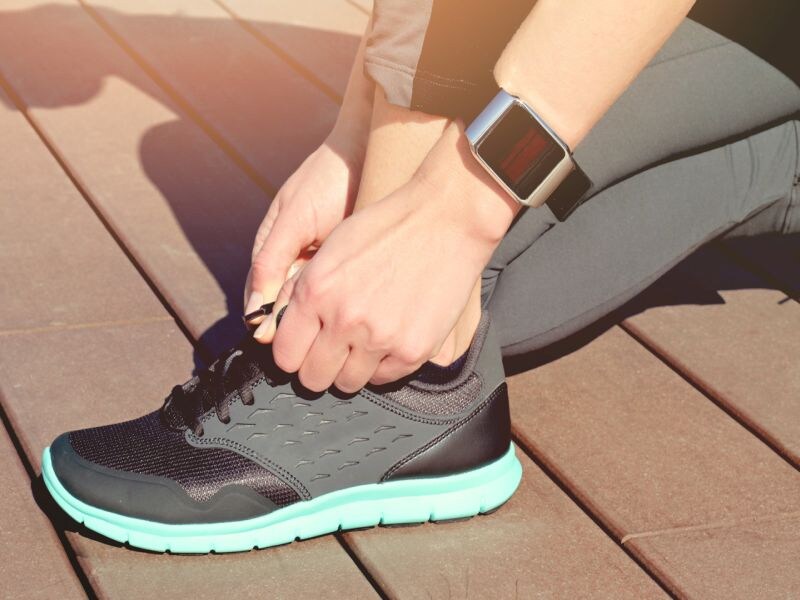Smartwatch ECG has high sensitivity, specificity for normal ECG, ST elevation, non-ST elevation changes
MONDAY, Aug. 31, 2020 (HealthDay News) — For patients with acute coronary syndrome, a smartwatch app can detect normal electrocardiography (ECG) and ST-segment and non-ST-segment elevations, with accuracy comparable to that of a standard ECG, according to a study published online Aug. 31 in JAMA Cardiology to coincide with the European Society of Cardiology Congress 2020: The Digital Experience, held virtually from Aug. 29 to Sept. 1.
Carmen Anna Maria Spaccarotella, M.D., from Magna Graecia University in Catanzaro, Italy, and colleagues examined the feasibility and accuracy of a smartwatch app for recording multiple ECG leads and detecting ST-segment changes associated with acute coronary syndromes. Multiple-channel ECGs were obtained in 100 participants using a commercially available smartwatch. Nine bipolar ECG tracings were obtained by placing the watch in different body positions and compared to a simultaneous standard 12-lead ECG.
The researchers found that for identification of a normal ECG, ST-segment elevation changes, and non-ST-segment elevation changes, there was agreement between the smartwatch and standard ECG (Cohen κ coefficients, 0.90 [95 percent confidence interval (CI), 0.78 to 1.00], 0.88 [95 percent CI, 0.78 to 0.97], and 0.85 [95 percent CI, 0.74 to 0.96], respectively). Agreement was demonstrated between the smartwatch and standard ECG to detect the amplitude of ST-segment changes in the Bland-Altman analysis. The smartwatch showed sensitivity and specificity of 84 and 100 percent, respectively, for diagnosis of normal ECG; 93 and 95 percent, respectively, for ST elevation; and 94 and 92 percent, respectively, for non-ST elevation ECG alterations.
“This agreement may allow the potential for earlier diagnosis of acute coronary syndromes using smartwatch technology,” the authors write.
Copyright © 2020 HealthDay. All rights reserved.








